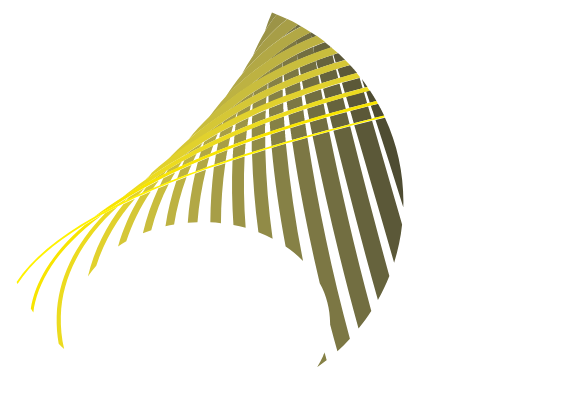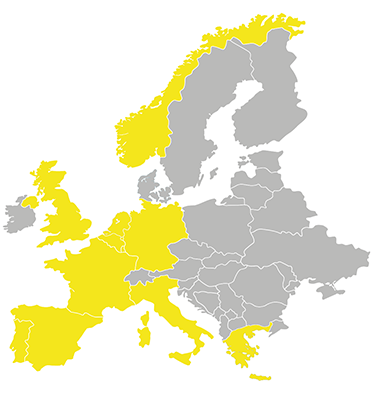As the main conclusion of the report, we propose a synthesis of input- and output-based approaches. This is motivated by the fact that determining the bio-based weights according to the input-output tables implicitly assumes that the bio-based share of outputs is the same as that of inputs. Clearly, this is not the case for the primary bio-based production sectors – agriculture, forestry, fisheries and aquaculture. Where the outputs are completely bio-based for these sectors, the inputs are far from being 100% bio-based. On the other hand, relying exclusively on the bio-based content of the output would ignore the use of bio-based inputs in the production process. To take into account the bio-based content in both inputs and outputs, we propose to consider weighted averages for the industries.
More and source (external link).
Are you interested in Bioeconomy? Find more information here.




